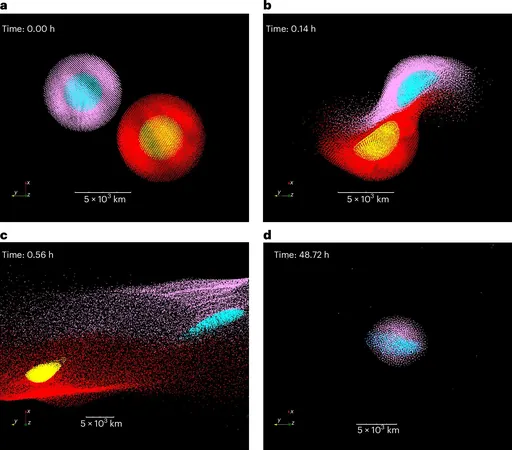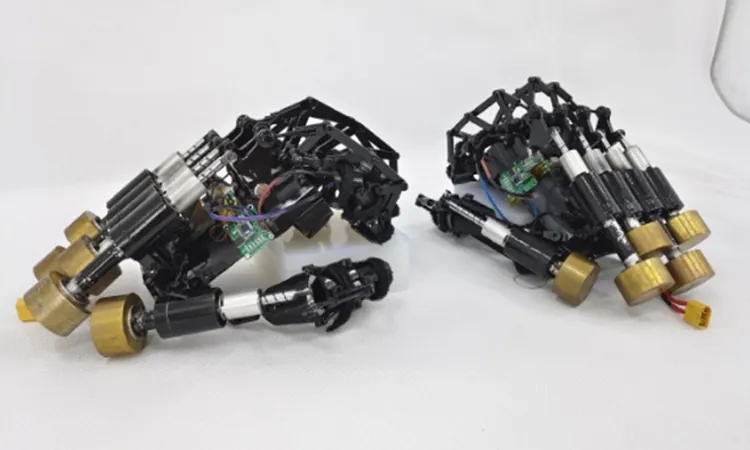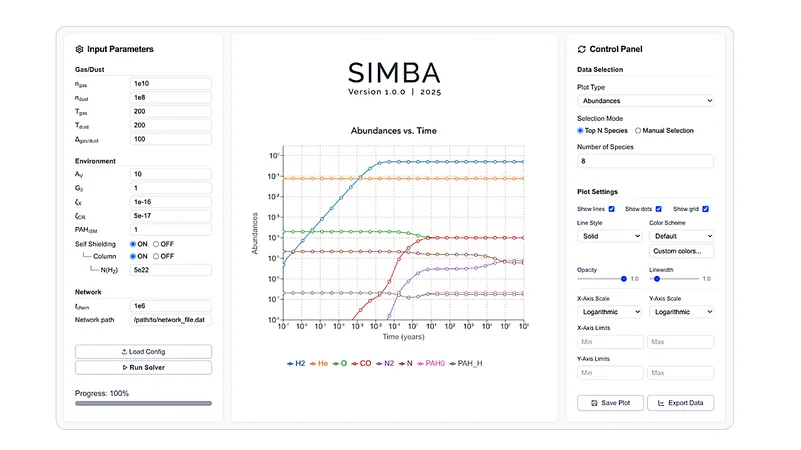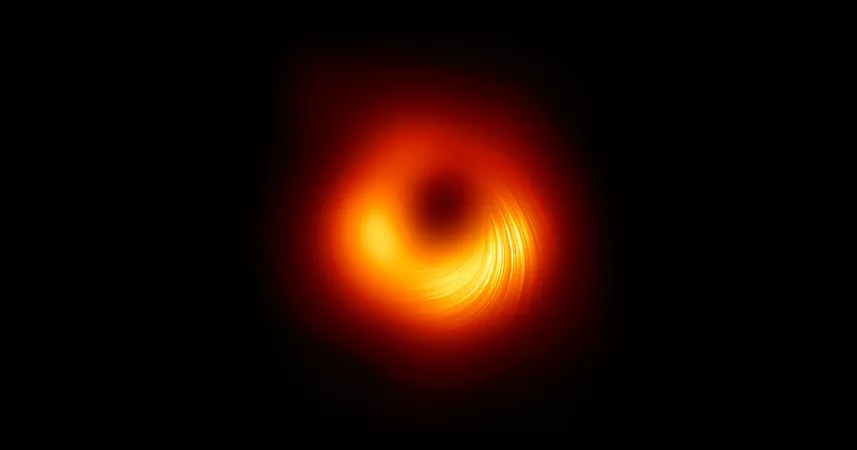
Revolutionary Discovery: How a Near-Collision Explained Mercury's Odd Composition!
2025-09-22
Author: Liam
Mercury, the enigmatic planet closest to the sun, has baffled scientists for years. With a massive metallic core making up around 70% of its total mass and a surprisingly slender rocky mantle, the origins of this celestial anomaly are still shrouded in mystery. Traditionally, it was believed that a cataclysmic collision with a large celestial body ripped through Mercury's outer layers, but new research suggests a more plausible scenario.
A New Theory Unveiled!
In a groundbreaking study published in *Nature Astronomy*, astronomers propose that Mercury's formation could have resulted from a more common event in the early solar system—a near-collision involving two bodies of similar mass. This revelation challenges the longstanding belief that disproportionate collisions were necessary to explain Mercury’s unique features.
Leading the research is Patrick Franco, an astronomer with significant postdoctoral credentials. Franco explains, "Through our simulations, we demonstrated that to form Mercury, we don’t need those rare, exceptional impacts. A grazing encounter between protoplanets of similar masses suffices, offering a much more statistically likely scenario."
The Intriguing Dynamics of Planetary Formation
The study highlights the chaotic environment of the inner solar system during its formation, a time when rocky bodies competed for dominance. Franco notes that various evolving planetary embryos were gravitationally interacting, colliding, and shifting orbits. This dynamic interplay eventually led to the stable arrangements we observe today.
To explore this theory, the team employed advanced numerical simulations using smoothed particle hydrodynamics (SPH), a method adept at modeling the behaviors of fluids and solids during collisions.
Unraveling Mercury's Unusual Metal-Rich Makeup
In their simulations, the researchers found they could accurately replicate Mercury's mass and its peculiar ratio of metal to silicate. Remarkably, the margin of error was less than 5%, solidifying the credibility of their model.
Franco elaborates, "We theorized that Mercury originally shared a composition with other terrestrial planets. Our model suggests that a significant collision stripped up to 60% of its initial mantle, enhancing its metallicity."
What Happened to the Ejected Material?
One of the model’s most striking points is its resolution of a longstanding dilemma: where did all the material go after the collision? Unlike previous theories that assumed the debris was reabsorbed, Franco’s model proposes that some materials could have been ejected, potentially feeding into the formation of other planets like Venus.
A Future Full of Possibilities
This innovative approach not only sheds light on Mercury but also paves the way for understanding other rocky planets. Franco suggests looking at geochemical data from meteorites or upcoming space missions like BepiColombo, a collaboration between the European Space Agency and JAXA, to fuel future research.
With Mercury being the least explored planet in our system, an exciting era of discovery is on the horizon. As Franco puts it, "There’s a new generation of research and missions in the pipeline, and we have much more to uncover!"









 Brasil (PT)
Brasil (PT)
 Canada (EN)
Canada (EN)
 Chile (ES)
Chile (ES)
 Česko (CS)
Česko (CS)
 대한민국 (KO)
대한민국 (KO)
 España (ES)
España (ES)
 France (FR)
France (FR)
 Hong Kong (EN)
Hong Kong (EN)
 Italia (IT)
Italia (IT)
 日本 (JA)
日本 (JA)
 Magyarország (HU)
Magyarország (HU)
 Norge (NO)
Norge (NO)
 Polska (PL)
Polska (PL)
 Schweiz (DE)
Schweiz (DE)
 Singapore (EN)
Singapore (EN)
 Sverige (SV)
Sverige (SV)
 Suomi (FI)
Suomi (FI)
 Türkiye (TR)
Türkiye (TR)
 الإمارات العربية المتحدة (AR)
الإمارات العربية المتحدة (AR)